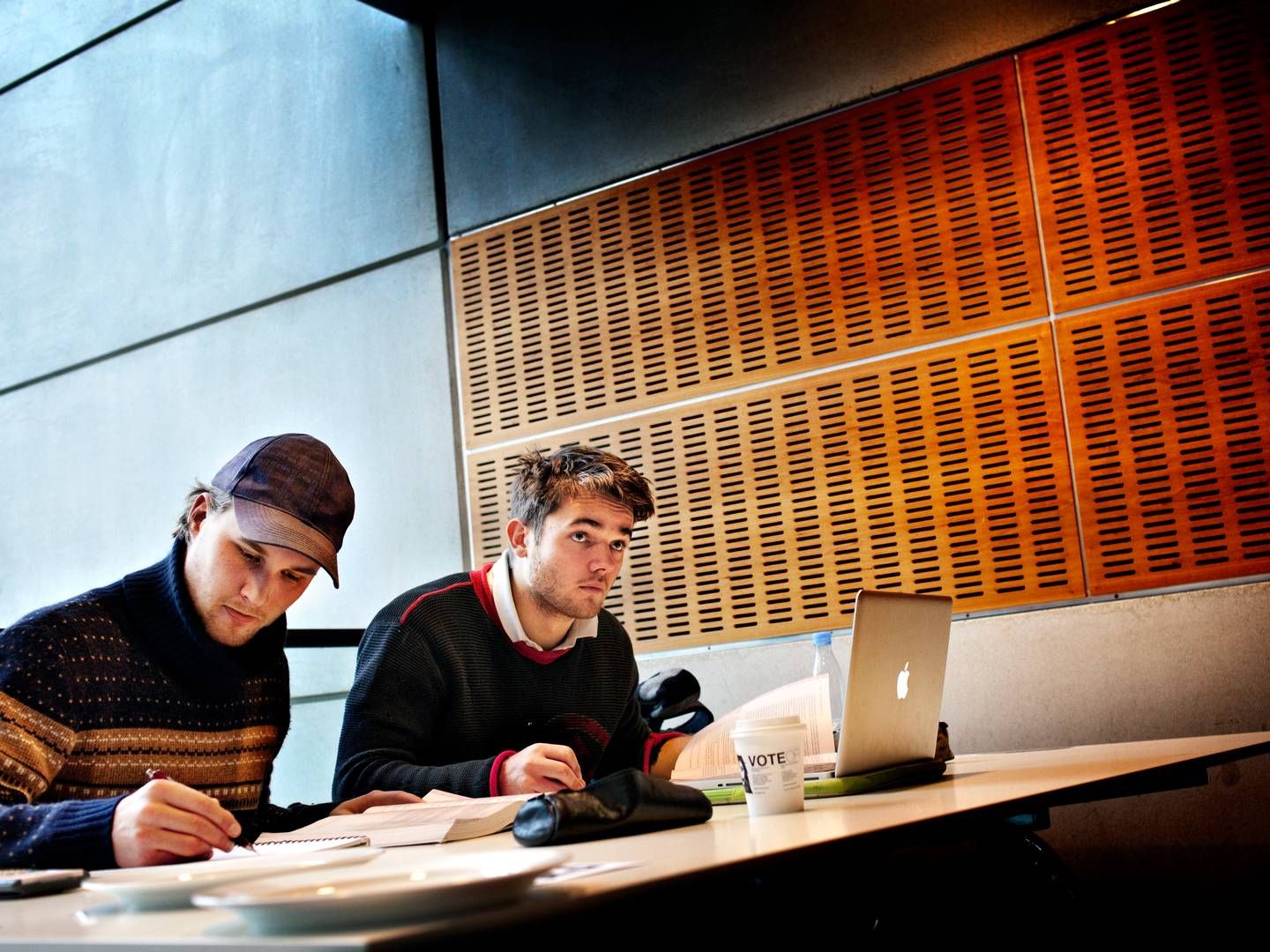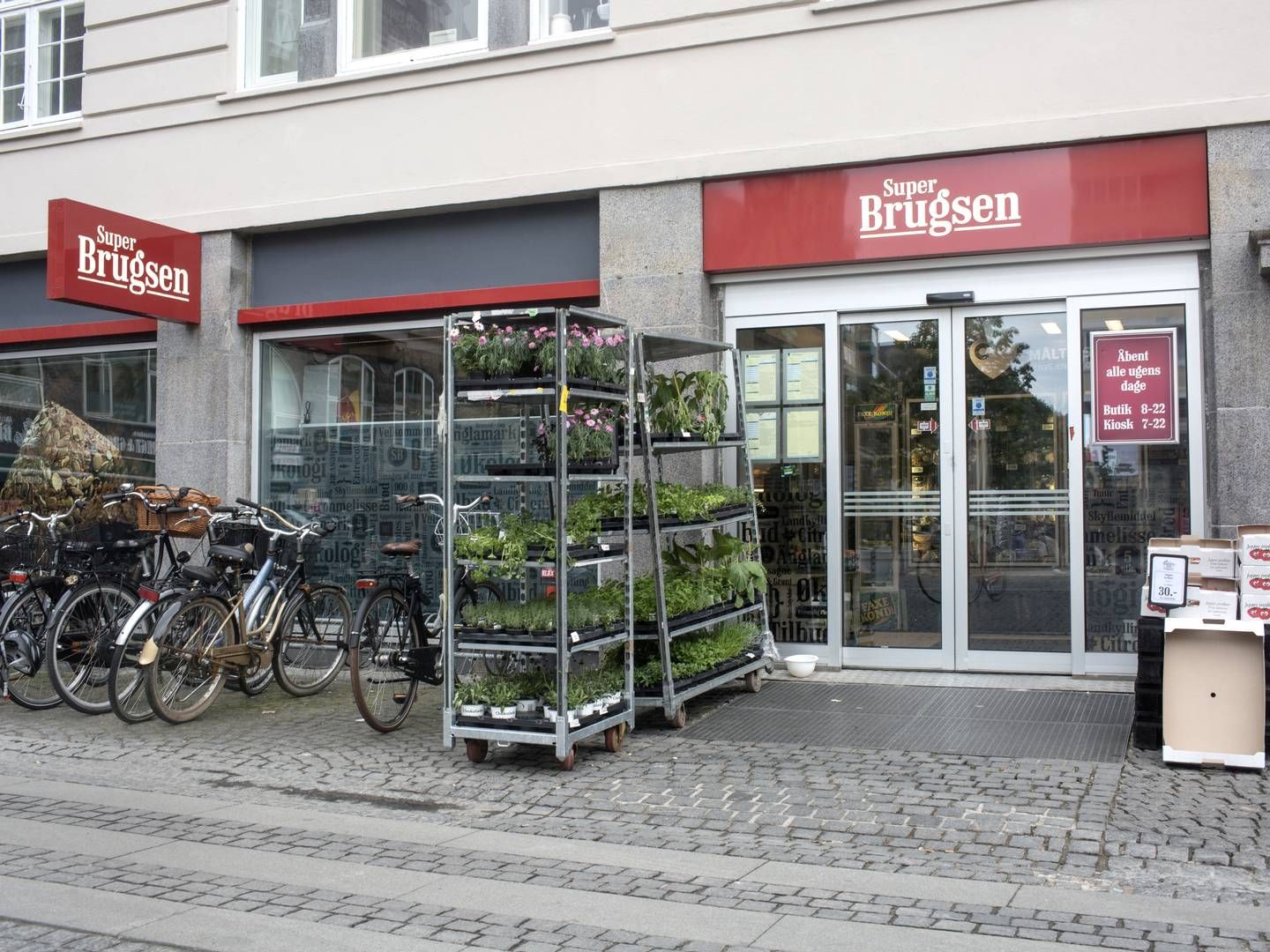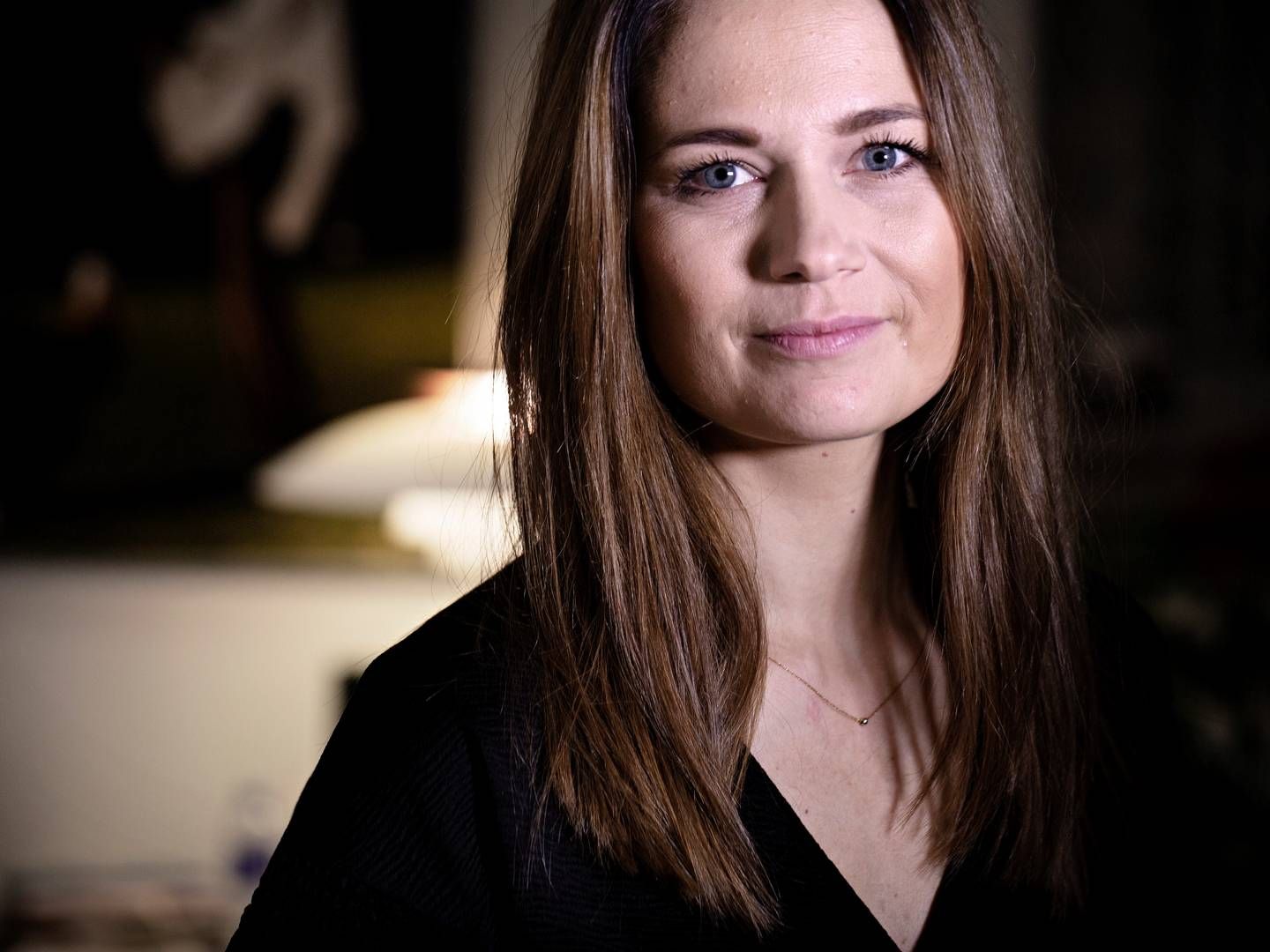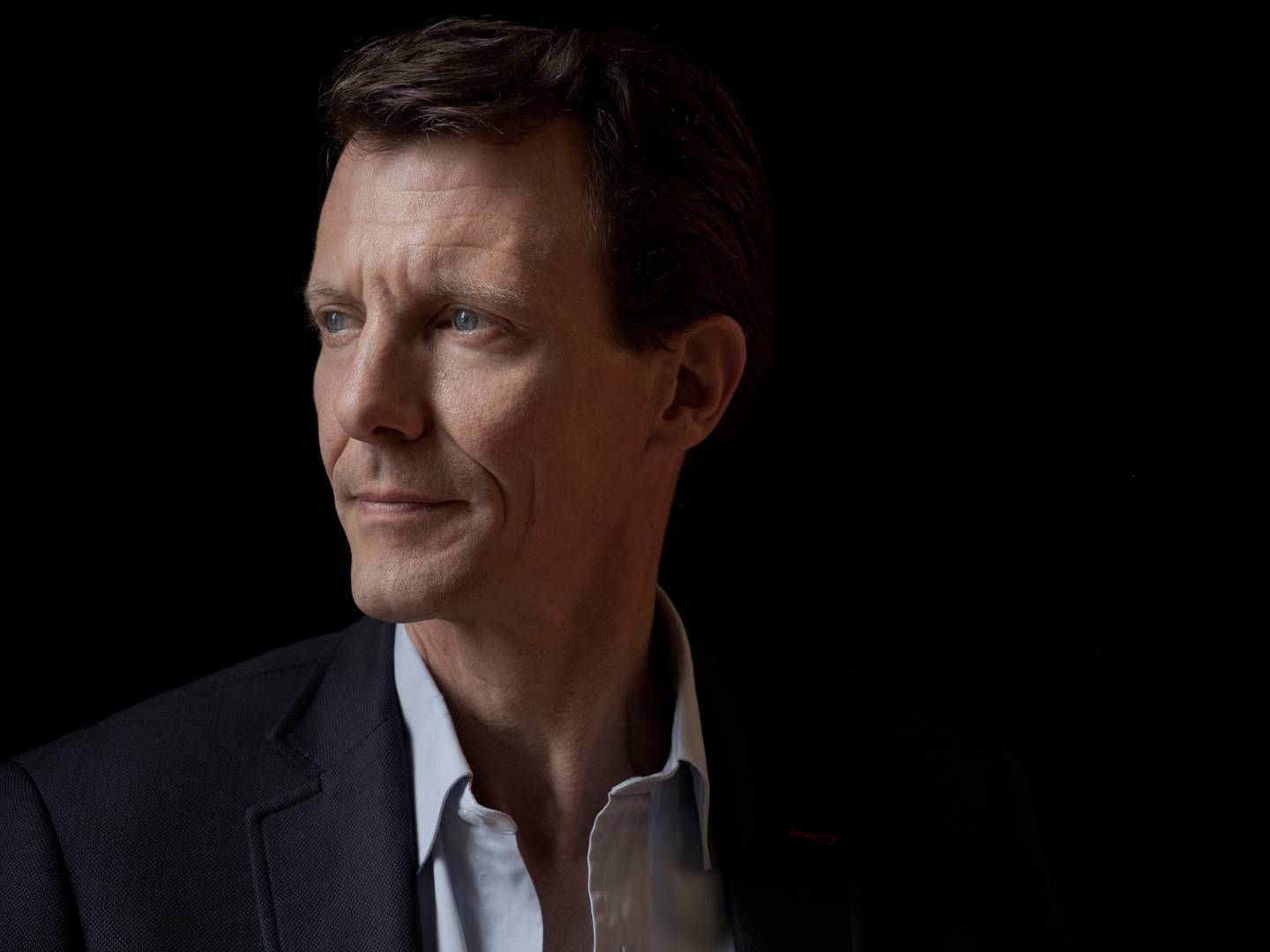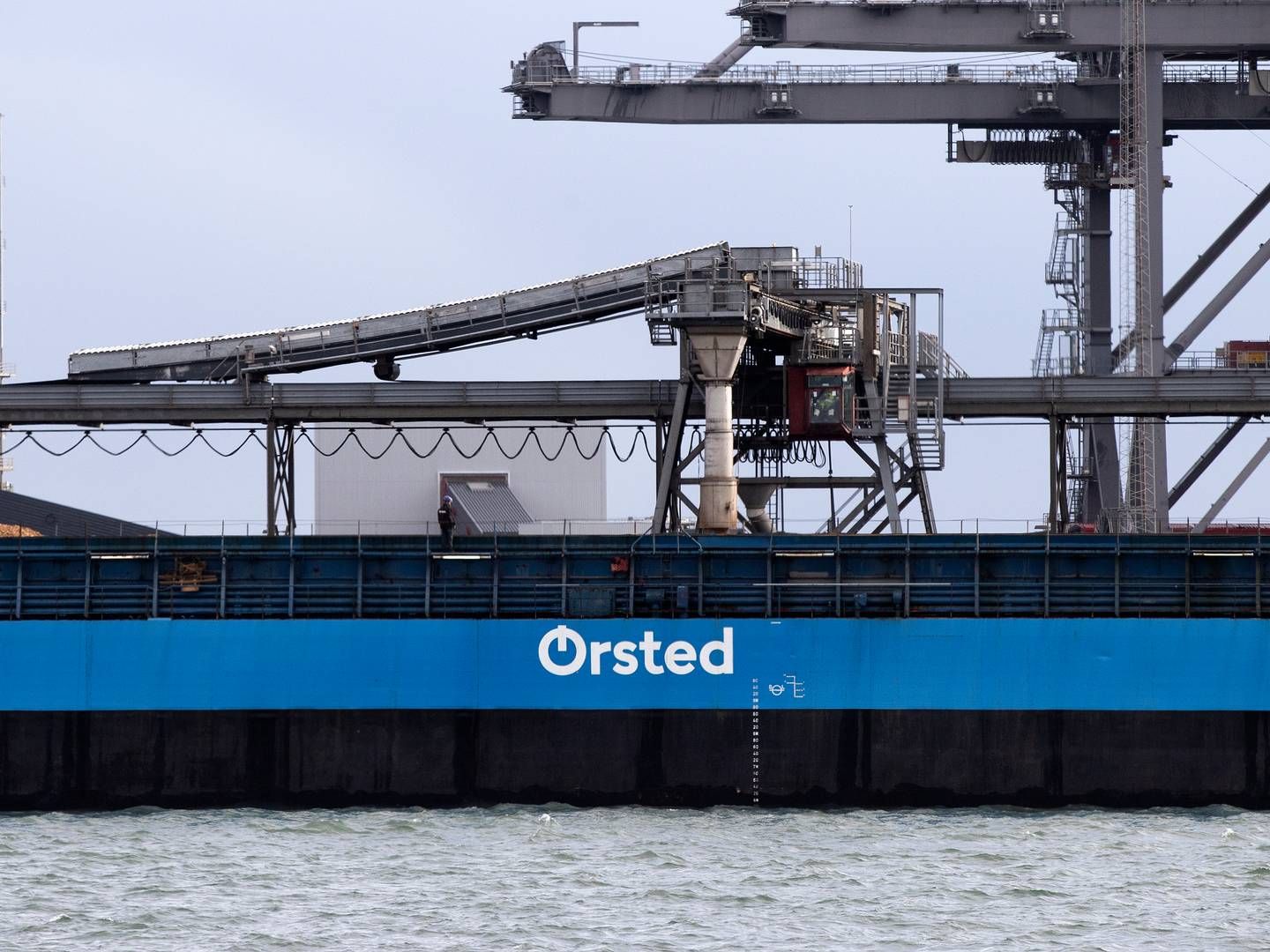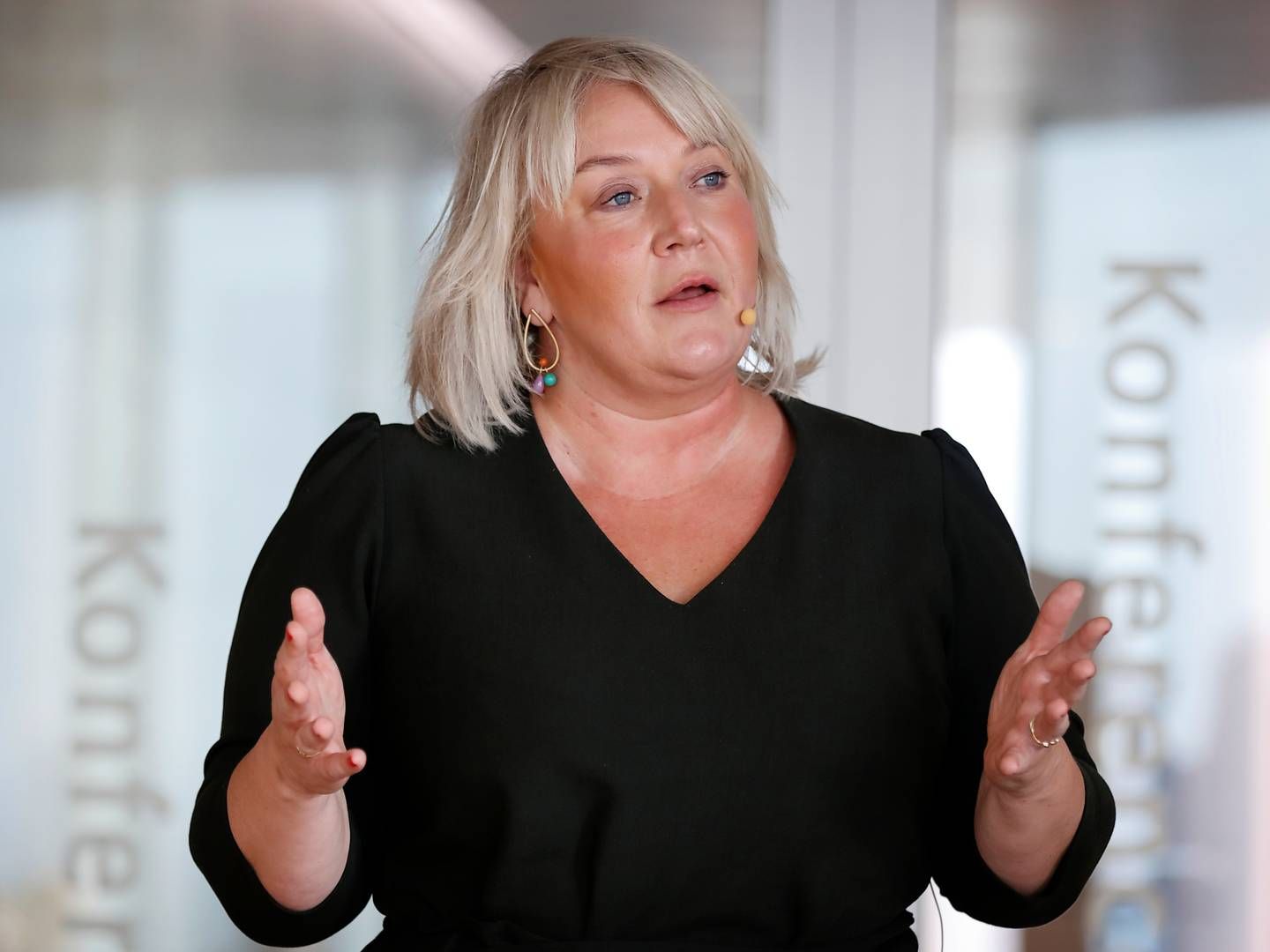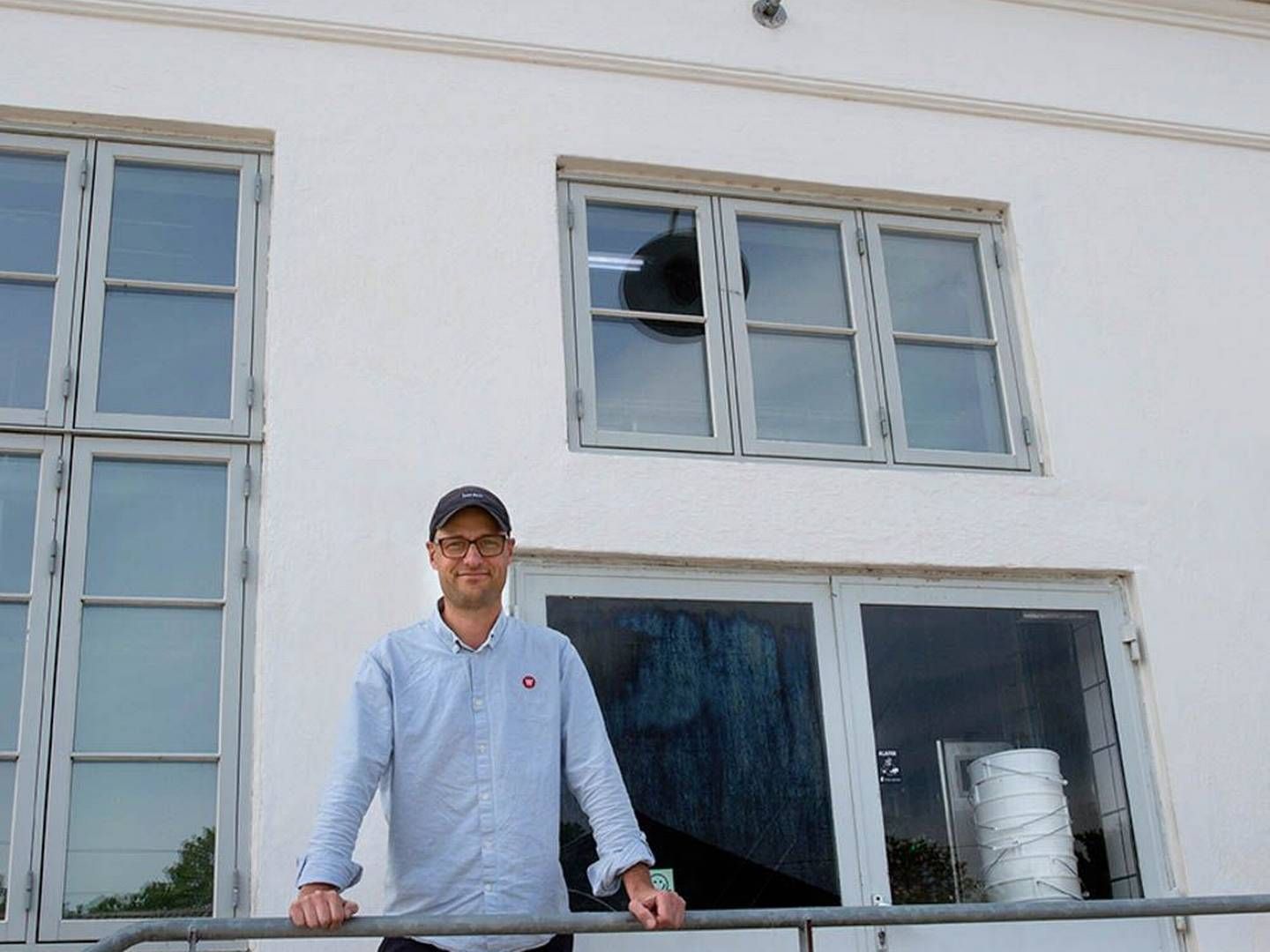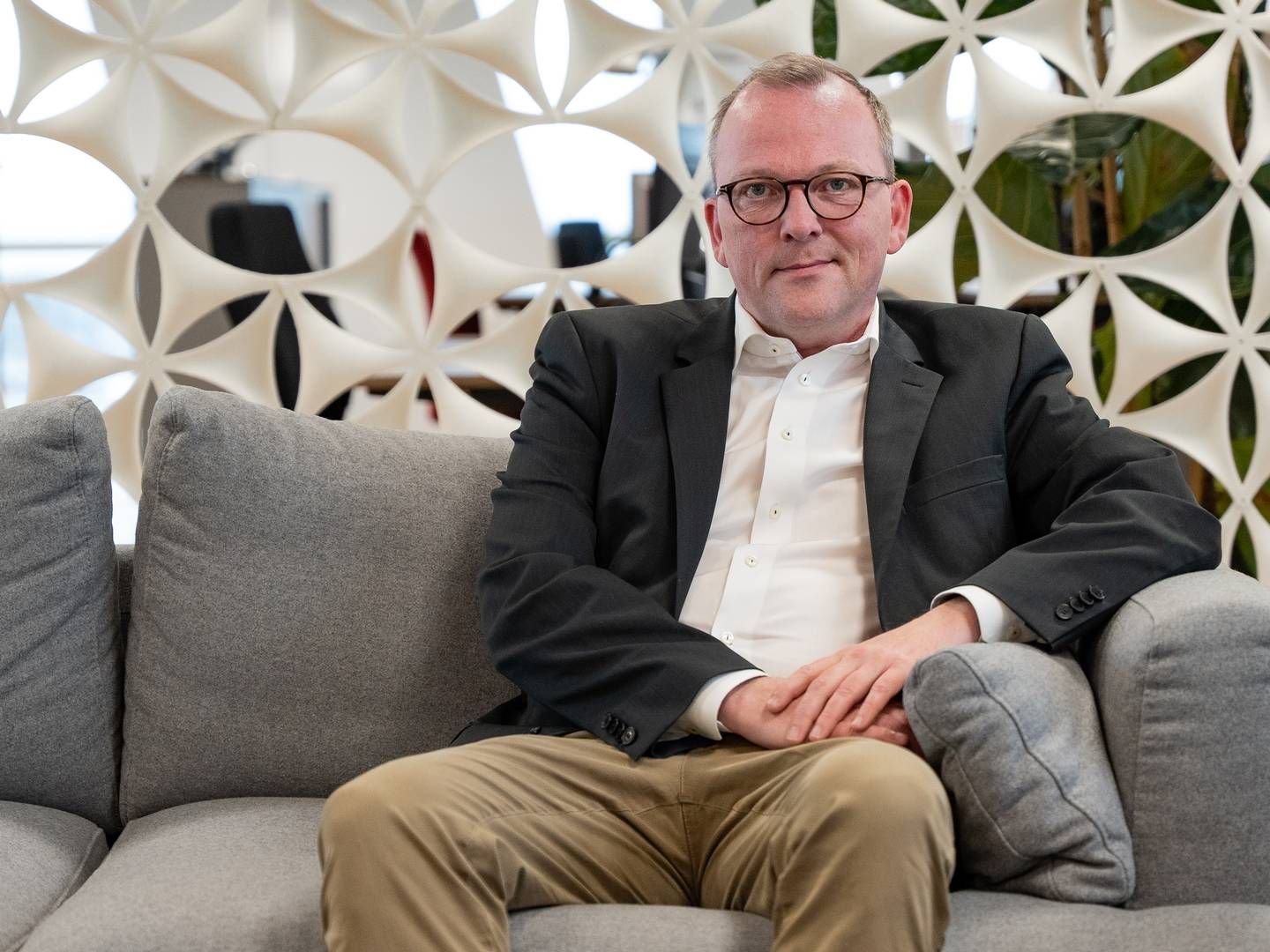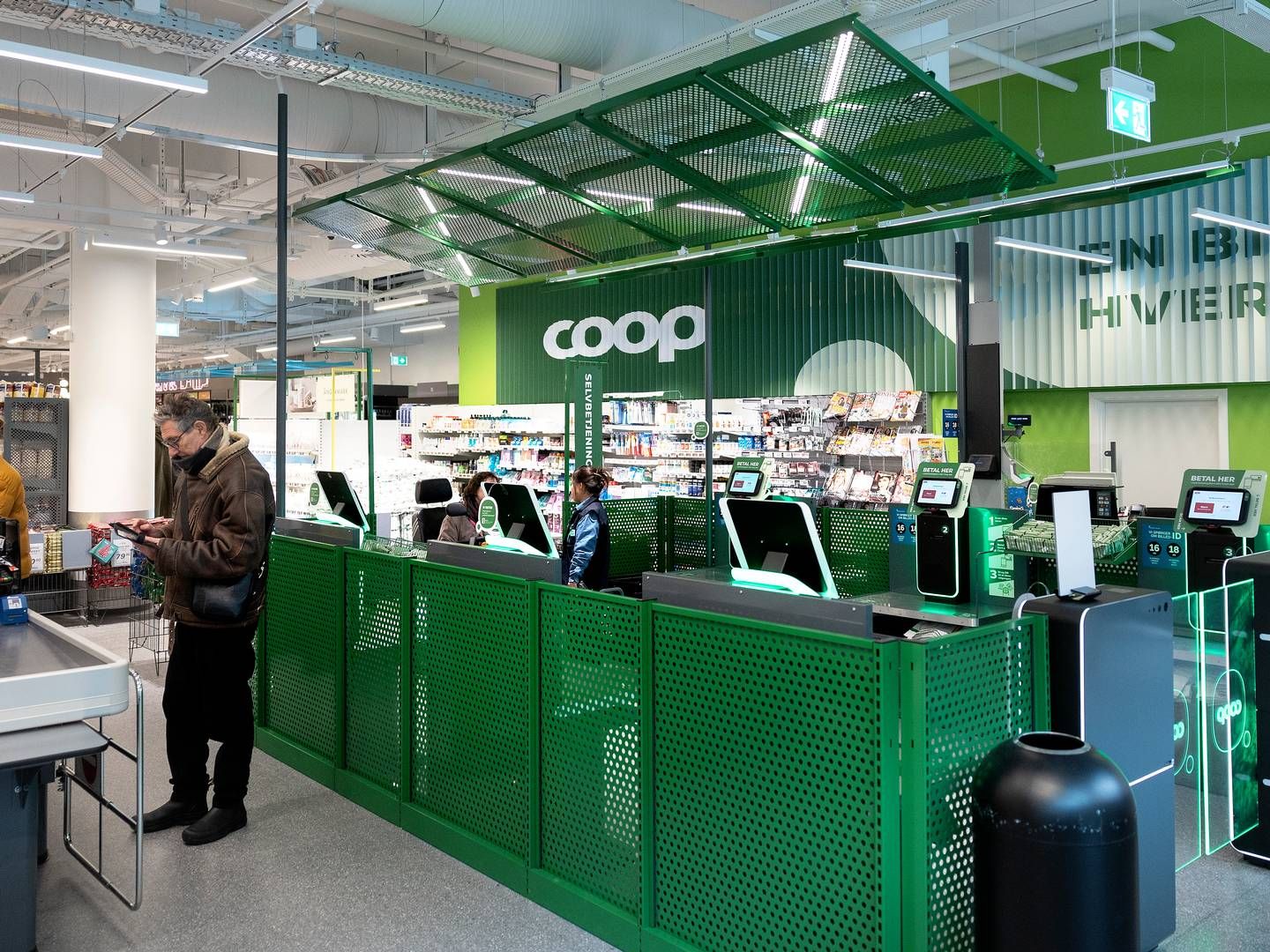Hvordan skaber man forandring i Maersk Lines kommunikation?

The entire 50-year old container industry had come to a breaking point. For a sector that enables global free trade, shipping itself had ironically become a closed shop, with only a handful of major players and accusations of cartelization. With few competitive pressures, the industry had stagnated and its internal working culture by the early 2000s had become locked in the past. The company had to be modernized and adapt to the times.
Shipping might grease the wheels of capitalism, but its internal operating model had remained resolutely industrial. Across internal hierarchies at Maersk Line spanning dozens of organizational layers, a militaristic “command and control” management structure was slowing down decision-making. Under little competitive threat, shipping companies had become insular, self- regarding and inefficient.
Customers were certainly less than satisfied with the resulting service they received, including late arrivals (50% of containers missed their projected ETA), wrong invoices (60% annually were being queried), endlessly long booking times (up to three weeks of negotiations), few e-booking options, invisible pricing, bewildering complexity of processes, transit documentation that could run into thousands of pages and countless other inefficiencies that needed to be rooted out and rectified.
The impact was beginning to show – from 1997–2007, Maersk Line had grown five times in size through acquisitions. But although trade volume had grown, profit had not. Something had to be done.
At the start of 2008, a high profile global change program, streamLINE, was launched to simplify organizational layers and structures in Maersk Line, standardize processes, implement sales tools/pipelines, rework the entire financial reporting (SAP) system and, essentially, cut costs everywhere.
It began with redundancies for 8,000 of the 33,000-strong workforce – unprecedented in the company’s history. The engagement repercussions could not be contained to the internal organization – Maersk Line’s layoffs were now the subject of widespread public debate.
The streamLINE program had now become the potential lifeline of the company, with 150 hand-picked colleagues brought to Copenhagen from around the world to design, test
and implement seven different turnaround projects – the seven streamLINE “Leaps”. These were all projects with a global reach, and all hitting the organization at the same time – immediately.
The company was losing USA$10 million per day, so we had no time to carry out air traffic control – the greater challenge was to act quickly and consistently and make the program immediately relevant for everyone in the organization by involving them in it, so that each of a succession of changes could be embedded, nurtured and grown at local level.
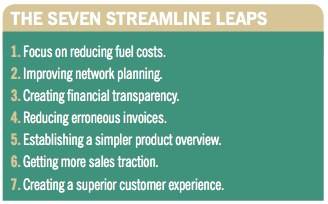
“streamLINE”ing processes
We started with the basics, holding workshops with the seven projects – the streamLINE Leaps – individually
to build a coherent communication strategy for each of them, then co-creating websites, films and basic packs of information – all explaining what each Leap was doing, and the implications and benefits for the organization’s frontline.
But there were immediate challenges. Our communication infrastructure was basic – the company’s first ever Internal Communication function had barely celebrated its first birthday. Just two communication practitioners were available to work across all seven Leaps, and our budget was limited (USA$200,000).
In addition, the Leaps were complex and therefore easily misunderstood. And the rumor mill was already underway, with some thinking that the Leaps were “clearly another headcount reduction exercise.” This was tricky as ?the possibility that some Leaps might lead to further redundancies could not be denied, but nobody knew how, when or whether that would actually happen.
Maersk Line was in a perfect communication storm: new to market pressures, the organization was by now swimming in every piece of business “doublethink” jargon from the last 50 years. And, thanks to a management group with no history of Internal Communication counsel – in a company with an industrialized mindset, the leadership style of the admiralty and the operational bureaucracy of a government ministry – all sense was being, bleached out of the communication. Core information around the company was bewildering.
We now had our communication strategy – to make sure the change made genuine sense – and furthermore, to tell it from the audience’s perspective. This was completely counter-intuitive to Maersk leaders, who instinctively understood communication to be a process of telling people “lower down” to do something because it benefited the organization and expecting them to just do it.
We then set ourselves the immediate tactical challenge of explaining the whole streamLINE change vision from an employee’s perspective in less than five minutes. We found the funds in our own budget and scripted a stop- motion animation film that would explain streamLINE in a simple and humorous way. We were determined to liberate ourselves from stuffy, ultra-conservative Maersk “management talking heads”, so we specifically made the main character and narrator a Maersk Line employee – for the first time ever in the company, communication would be actively fronted by a rank-and-file employee explaining what change meant for them.
It took six weeks and many script and storyboard iterations to get the tone right. We then launched the animation on our intranet and seriously broke with Maersk protocol by not asking anybody beforehand to approve our explaining the entire corporate change strategy in this way, and in such an apparently frivolous tone. You can watch the video at: www.internalcommshub.com/open/channels/casestudies/streamline.shtml.
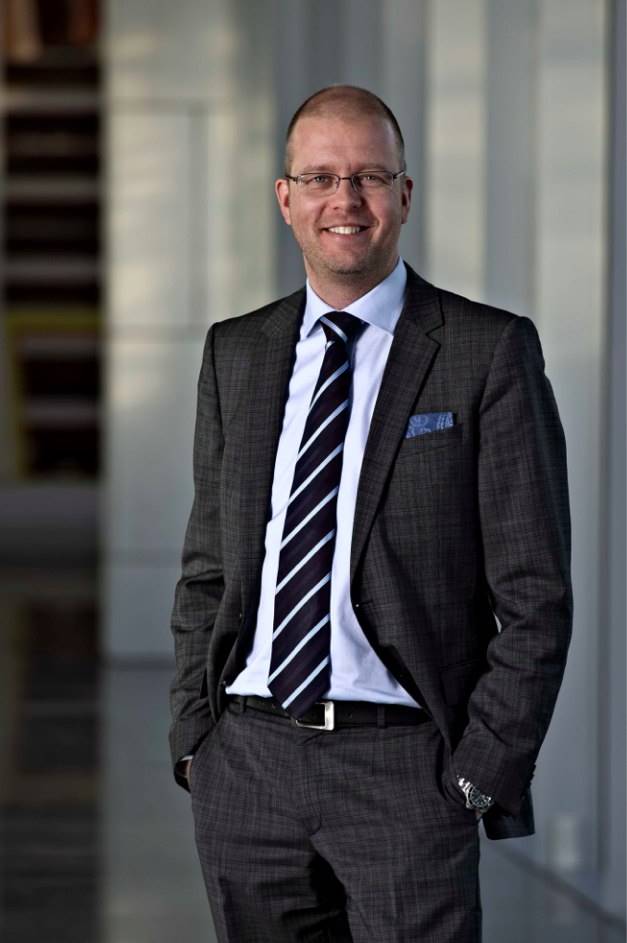
To counter rumors that the Leaps were “just more projects dreamt up by Copenhagen”, we profiled employees who had actually joined Leaps from frontline country operations and put them into articles and team briefing packs. And as rollout began, we somehow found time to build an online “change centre” – with interactive “How To” guides and downloadable toolkits – that frontline managers could use to guide their teams through the changes.
It all added up to a consistent communication strategy of simply making the right kind of sense. And as the Leaps closed down and new ones gradually took their place over 2009, the strategy continued, strengthened, through the changeovers – a strategy that had all begun with just a little cartoon man appearing on the intranet one day, telling a totally different kind of story for Maersk Line.

The outcome/business results
One year later, in 2010, the company presented an historic profit of USA$2.6 billion – a yearly difference of USA$4.7 billion. The success of streamLINE has been heralded as a crucial factor in bringing the company back from the brink.
By the time the first seven “Leaps” had concluded activities, the Internal Communication team and its budget had been doubled in size – a testament to the quality of work we had produced in the nine months between launch and rollout.
The online “change centre” we created is still in use in the organization today, as a core part of rollout by projects all across the company. The series of video diaries we launched gained extremely positive feedback from the audience it was aimed at – frontline employees:
Our news strategy for streamLINE has now expanded, even to include post-mortem critiques of some of the Leaps and whether or not they ever met their stated objectives – a fundamental transparency turnaround in the way communication is conducted inside the company.
Our work on “storylines” with each of the Leaps became an emblem of the mindset change about communication that we had begun to instil in management across the center organization.
What was the biggest factor in communication success with the Leaps? First, making sure we all knew exactly what our core storyline was – had agreed on it and used it constantly. Second, that we put that story in the context of employee effectiveness and future roles, not in terms of headcount.
Our most recent initiatives in 2011 to get Maersk Line setting an industry agenda externally – even revealing
its corporate strategy with a media launch at www. changingthewaywethinkaboutshipping.com, a concept that would have been utterly unthinkable just a few years ago for this famously private company – can in many ways be traced back to the way we showed Maersk leaders, through 2008–2009, that opening up a two-way conversation with those who need to understand helps – not hinders – us.
But the feedback we got from the animated movie was the most universal and fulfilling. Below its posting on the intranet we lobbied for a free text comments field. When it launched, it was the first time in the company’s history that employees had been given such an open voice. The concept caused some alarm in the higher echelons of the company. We ourselves wondered whether anyone would dare to comment, so strong was the naval hierarchy.
Next to the film we added a poll, in which we asked: “After watching the film, do you feel you have a better understanding of what streamLINE means for you?” Of the 543 people who voted, 82 percent answered yes.
Of all the things we did to support the streamLINE Leaps, the animation became the beacon of our work. It became so popular that we have since been asked to produce 15 other films in the same format, explaining other strategic initiatives – “Yield”, “Equipment Optimization”, “On Time Delivery”, etc.
Importantly for us, we had forged an enduring best practice that we will refer to in future projects and strategies – communication surrounding streamLINE has had a lasting impact at Maersk Line.






